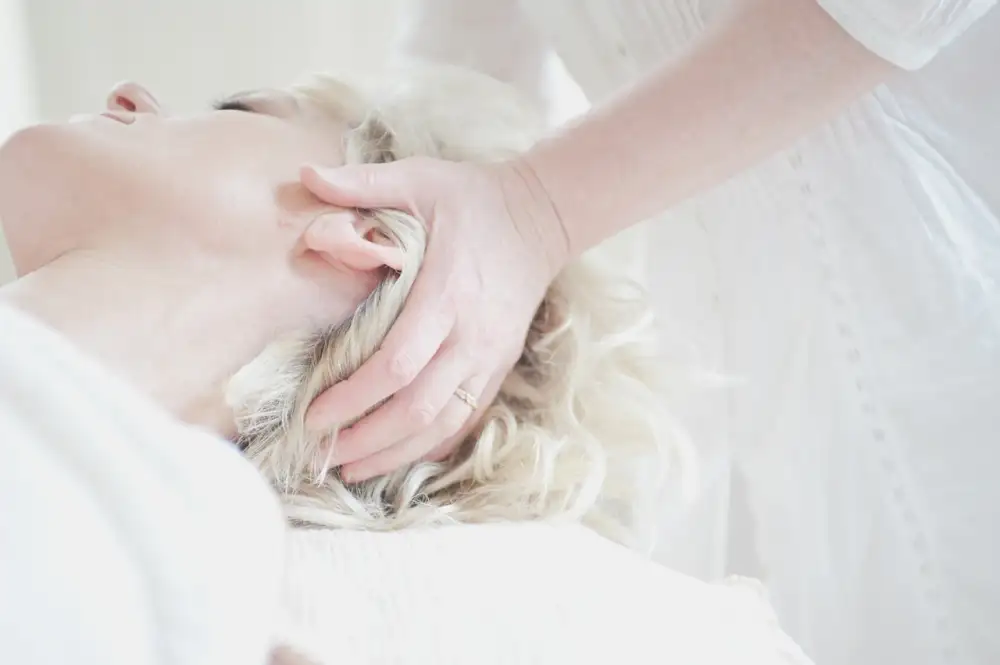Maintaining Professional Boundaries: Promoting a Safe and Respectful Environment in Health and Wellness

- Understanding the concept of inappropriate behavior during a massage
- The importance of maintaining professionalism and boundaries in massage therapy
- Recognizing signs of massage creep and addressing the issue promptly
- The impact of massage creep on the physical and mental well-being of clients
- Steps to prevent and combat massage creep in the health and wellness industry
- Promoting a safe and respectful environment for massage therapy
Massage therapy is a widely recognized practice that promotes relaxation, stress relief, and overall well-being. However, there is an unfortunate reality within the industry known as "massage creep." This term refers to inappropriate behavior exhibited by some massage therapists towards their clients. Such behavior can range from making suggestive comments to engaging in unwanted physical contact. The implications of massage creep are significant, as it not only violates professional boundaries but also poses serious risks to the physical and mental well-being of clients. In order to ensure a safe and respectful environment for all, it is crucial to address this issue promptly and take necessary steps to prevent such misconduct.
Understanding the concept of inappropriate behavior during a massage
Understanding the concept of inappropriate behavior during a massage is crucial in promoting a safe and respectful environment in the health and wellness industry. Inappropriate behavior refers to any actions or gestures that violate professional boundaries and make the client feel uncomfortable or unsafe. This can include touching sensitive areas without consent, making inappropriate comments, or engaging in any form of sexual misconduct. It is essential for massage therapists to be aware of these behaviors and their potential consequences to ensure the well-being of their clients.
The importance of maintaining professionalism and boundaries in massage therapy
Maintaining professionalism and boundaries in massage therapy is of utmost importance to ensure a safe and respectful environment for clients. Massage therapists have a responsibility to uphold ethical practices, which includes maintaining appropriate physical contact and communication during sessions. By adhering to professional boundaries, therapists create a sense of trust and comfort for clients, allowing them to fully relax and receive the benefits of the treatment. It also helps establish clear expectations and prevents any potential misunderstandings or discomfort. Ultimately, professionalism in massage therapy promotes a positive experience for clients while safeguarding their well-being.
Recognizing signs of massage creep and addressing the issue promptly
Recognizing signs of massage creep is crucial in maintaining a safe and respectful environment in the health and wellness industry. Some red flags to watch out for include excessive touching, inappropriate comments or gestures, and requests for sexual favors. It is important to address these issues promptly by firmly setting boundaries, communicating expectations clearly, and reporting any incidents to the appropriate authorities or professional organizations. By taking swift action, we can ensure the well-being of our clients and uphold ethical practices in massage therapy.
The impact of massage creep on the physical and mental well-being of clients
Massage creep can have a significant impact on the physical and mental well-being of clients. When boundaries are crossed, it can lead to feelings of discomfort, violation, and even trauma. Physically, clients may experience muscle tension, pain, and increased stress levels due to the inappropriate actions of a massage therapist. Mentally, it can cause anxiety, distrust, and a negative perception of the entire massage therapy profession. It is crucial to address massage creep promptly to protect the well-being of clients and maintain the integrity of the health and wellness industry.
Steps to prevent and combat massage creep in the health and wellness industry
1. Establish clear boundaries: Clearly communicate to clients what is considered appropriate behavior during a massage session. Set expectations from the beginning to avoid any misunderstandings.
2. Train therapists on professional conduct: Provide comprehensive training to massage therapists on maintaining professionalism and appropriate boundaries. This should include education on recognizing and addressing inappropriate behavior.
3. Implement a code of conduct: Develop a code of conduct that outlines expected behaviors for both therapists and clients. Make it easily accessible and ensure all staff members are familiar with its contents.
4. Encourage reporting: Create a safe environment where clients feel comfortable reporting any instances of inappropriate behavior. Assure them that their concerns will be taken seriously and addressed promptly.
5. Conduct regular evaluations: Regularly assess therapist-client interactions to identify any potential signs of massage creep. This can be done through client feedback, observation, or anonymous surveys.
6. Supportive work environment: Foster an environment where therapists feel supported in addressing issues related to inappropriate behavior. Provide resources such as counseling services or peer support groups if needed.
7. Collaborate with professional organizations: Work closely with professional associations in the health and wellness industry to establish guidelines and standards for ethical conduct in massage therapy.
By implementing these steps, we can create a safer and more respectful environment in the health and wellness industry, ensuring that clients receive the care they deserve while upholding ethical practices in massage therapy.
Promoting a safe and respectful environment for massage therapy
Promoting a safe and respectful environment for massage therapy is crucial in ensuring the well-being of clients. This can be achieved by implementing strict policies and guidelines that emphasize professionalism and boundaries. It is essential for massage therapists to undergo comprehensive training on appropriate conduct and ethical practices. Creating a comfortable atmosphere where clients feel respected, heard, and understood is key. Regular communication with clients about their comfort levels during the session can also help establish trust and ensure a safe experience. By prioritizing the safety and dignity of clients, we can foster an environment that promotes healing, relaxation, and overall well-being.
In conclusion, it is crucial for professionals in the field of massage therapy to uphold ethical practices to ensure the well-being of their clients. By maintaining professional boundaries and promoting a safe and respectful environment, we can protect individuals from the negative impact of massage creep. It is our responsibility to recognize signs of inappropriate behavior and address them promptly. By taking proactive steps to prevent and combat massage creep, we can create a positive experience for clients, both physically and mentally. Let us prioritize the importance of professionalism in the health and wellness industry, ensuring that every individual feels safe and respected during their massage therapy sessions.
Published: 07. 01. 2024
Category: Health



